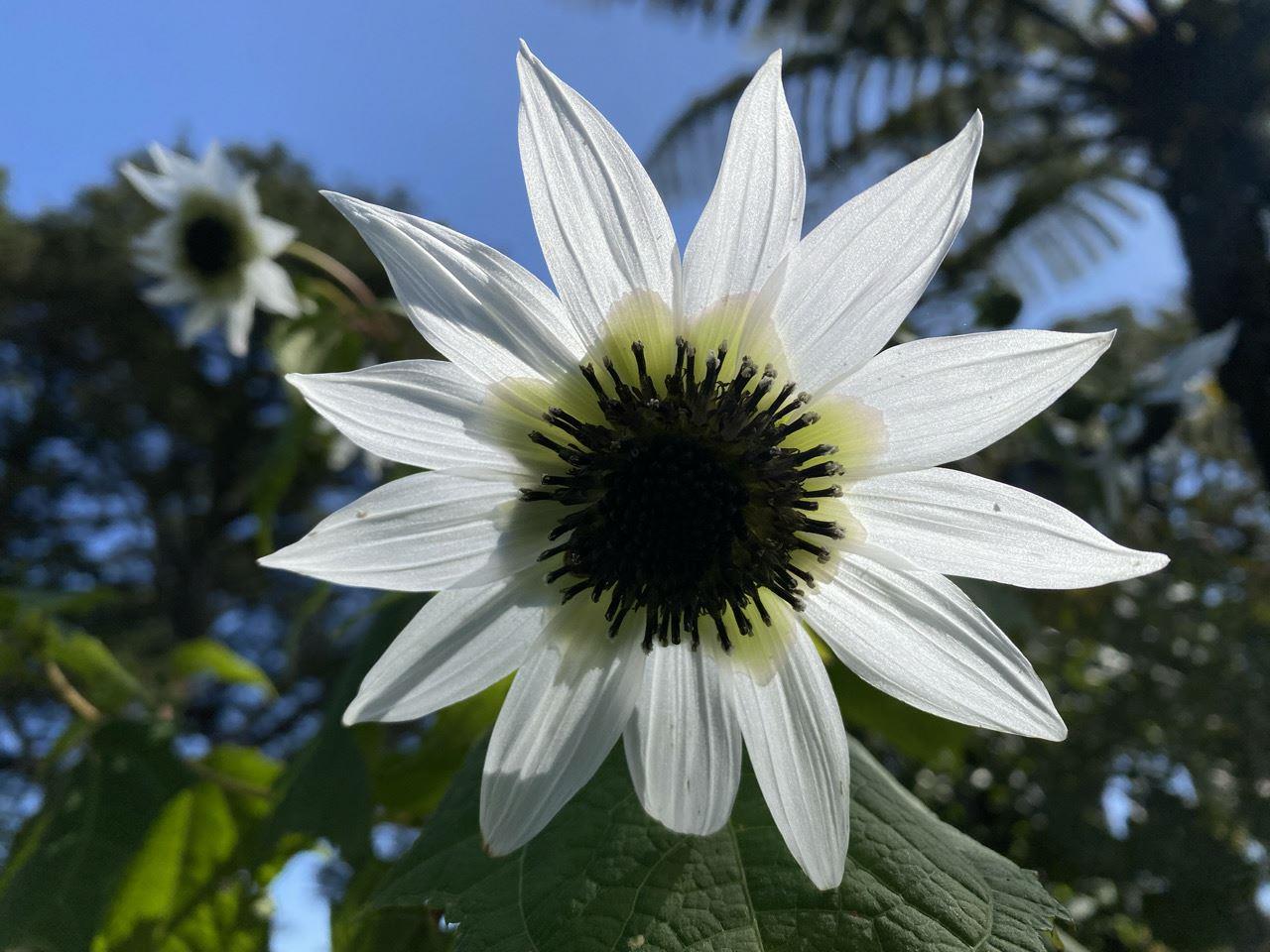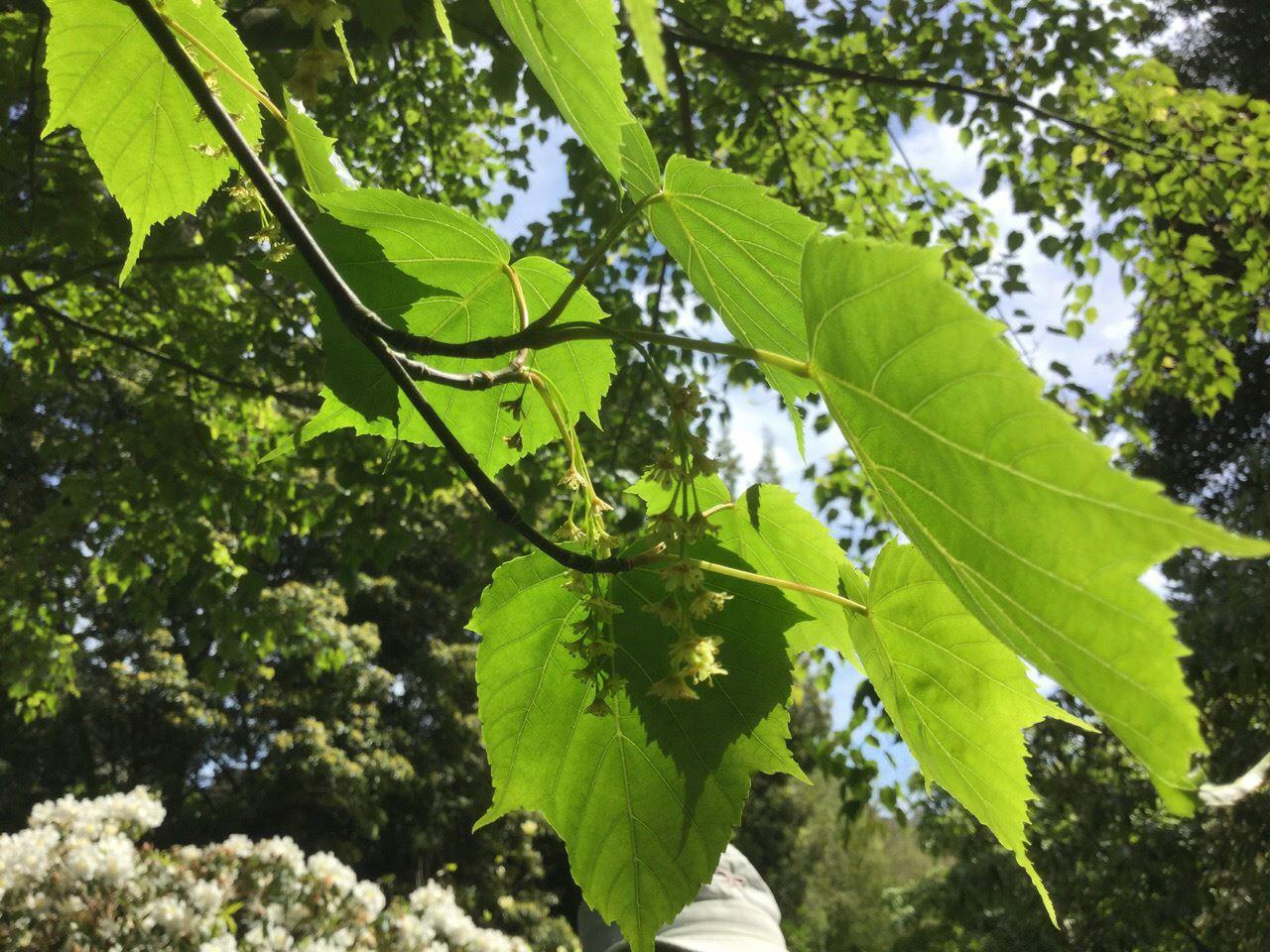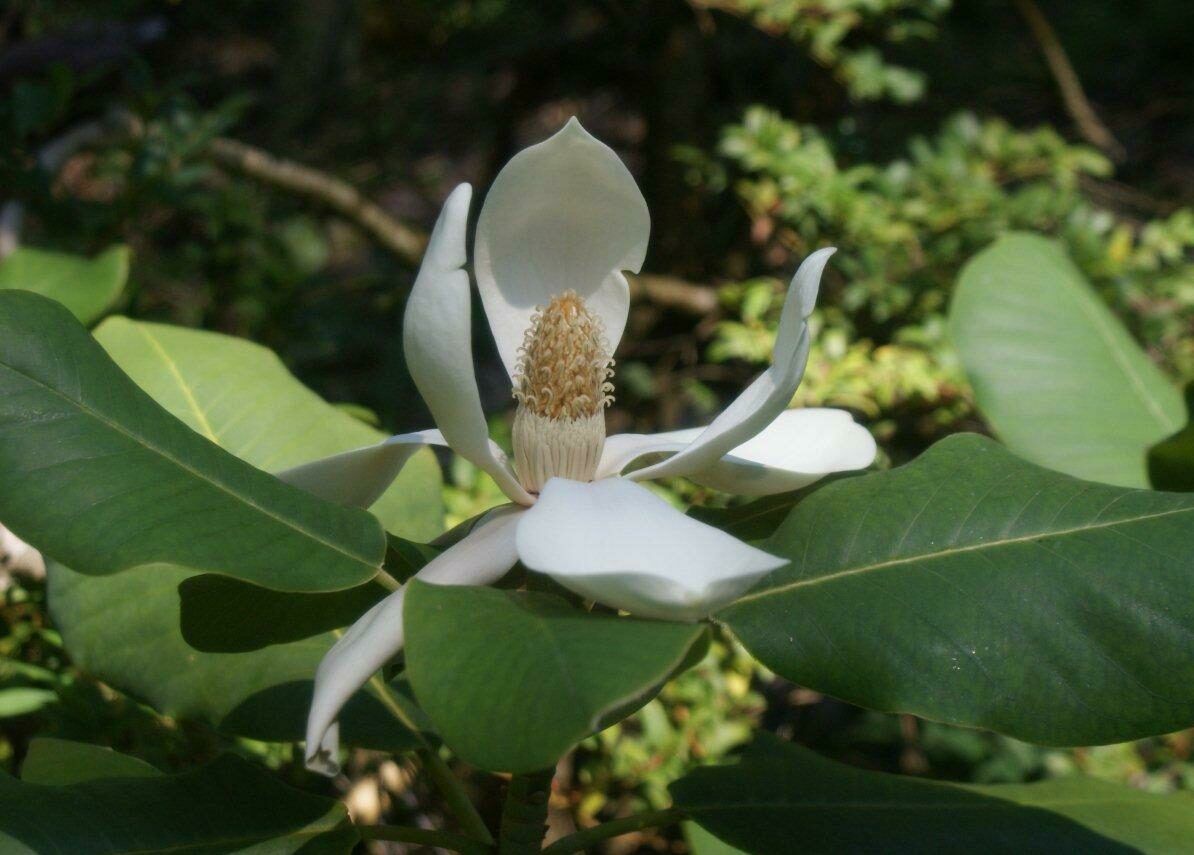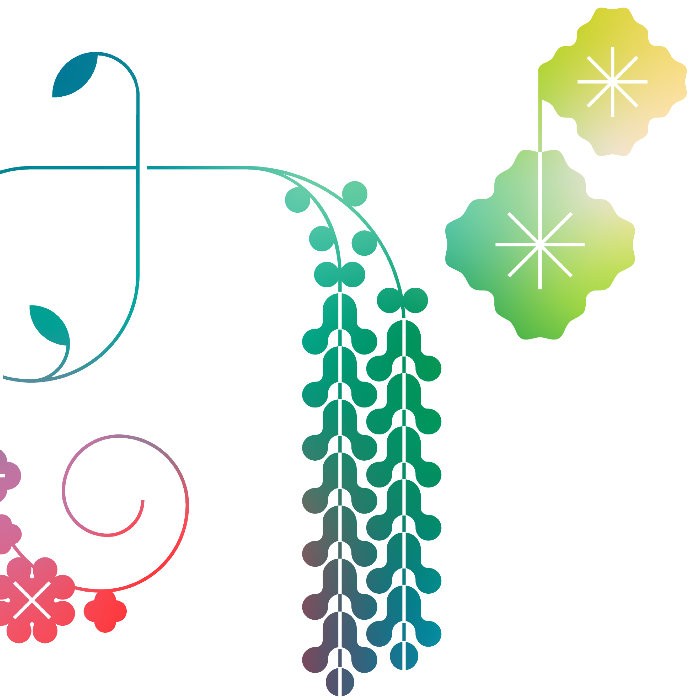
Curator’s Corner – Rojasianthe superba
This evergreen shrub is native to the tropical cloud forests of southern Mexico and Guatemala and due to San Francisco’s unique geography and climate, it is able to thrive in the Botanical Garden as well.
Profile
Scientific name: Rojasianthe superba
Family: Asteraceae
Environment: Bright shade, consistent moisture, and rich well-drained soil
Bloom: White ray flowers surrounding a dark cluster of disc flowers
Plant type: Broadleaf evergreen shrub
In order to talk about April’s featured plant, the distinct and stunning Rojasianthe superba, it is important to first talk about the Bay Area’s unique climate and how it allows San Francisco Botanical Garden to grow such a diverse array of plants.
San Francisco’s geographic location makes it uniquely suited to grow plants from all across the globe. The Bay Area is located between the cool, moist Pacific Ocean and the hot, dry Central Valley. This means that San Francisco is located where two fronts — high pressure from the ocean and low pressure from the valley — meet. This causes cities like San Francisco to average over 100 foggy days — mostly in the summer — every year! This cool, foggy climate allows SFBG to grow plants endemic to high elevation montane forests found in tropical and subtropical regions around the world. Unfortunately, these cloud forests environments are highly vulnerable to the effects of climate change and deforestation, and biodiversity in these regions is being lost at an alarming rate.
When visitors to the Garden walk through the lush and tranquil greenery of the Mesoamerican Cloud Forest collection, they are surrounded by plants not typically seen in cultivation outdoors. One such plant is Rojasianthe superba, colloquially referred to as the white sunflower tree, an evergreen flowering shrub native to the tropical cloud forests of southern Mexico and Guatemala. This plant can grow to heights of up to 20 feet and is normally found at elevation levels ranging from 4,000 to 10,000 feet. Thanks to San Francisco’s unique climate, it is able to thrive at the Botanical Garden much closer to sea level.

White ray flowers radiate outward from the dark cluster of disc flowers at the center, giving the shrub the appearance of being covered in dozens of white sunflowers.
The most noticeable feature of this plant is its gorgeous white flowers. Rojasianthe superba is in the same family (Asteraceae) as daisies and sunflowers, and its blooms look the part. White ray flowers radiate outward from the dark cluster of disc flowers at the center, giving the shrub the appearance of being covered in dozens of white sunflowers.
Like many plant species in tropical cloud forests, the wild population of Rojasianthe superba is declining and is currently classified as Vulnerable by the International Union for the Conservation of Nature’s Red List. This is due to a variety of factors, chief of which being forest fires, livestock farming, and land conversion for agriculture. As plant species face extinction around the world, the Gardens of Golden Gate Park and other botanical gardens play a crucial role in preserving biodiversity and raising awareness about the urgent need for conservation.
Text by Ethan Rappeport, photos by Steve Gensler




